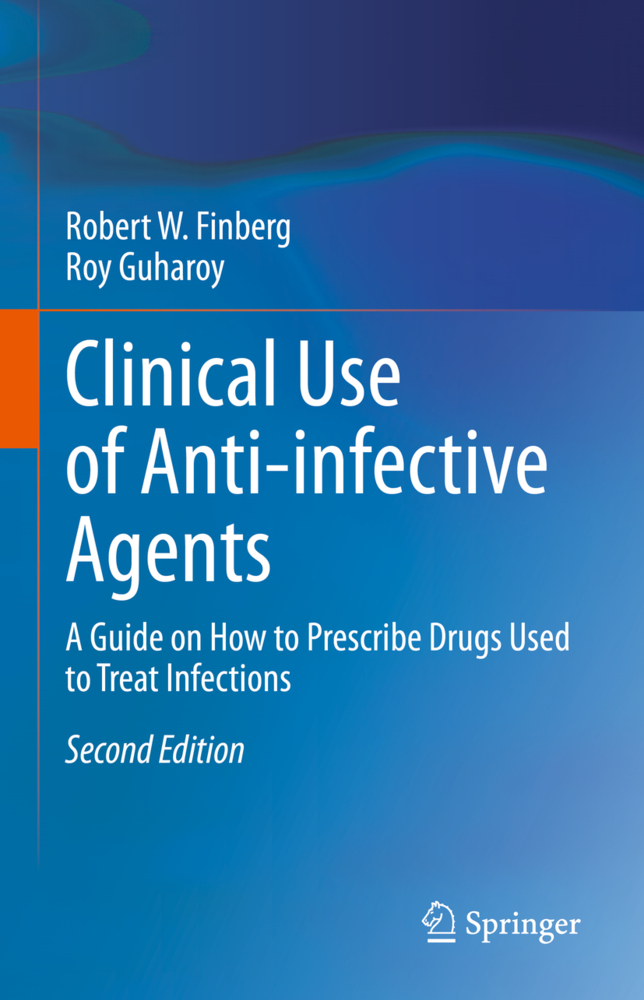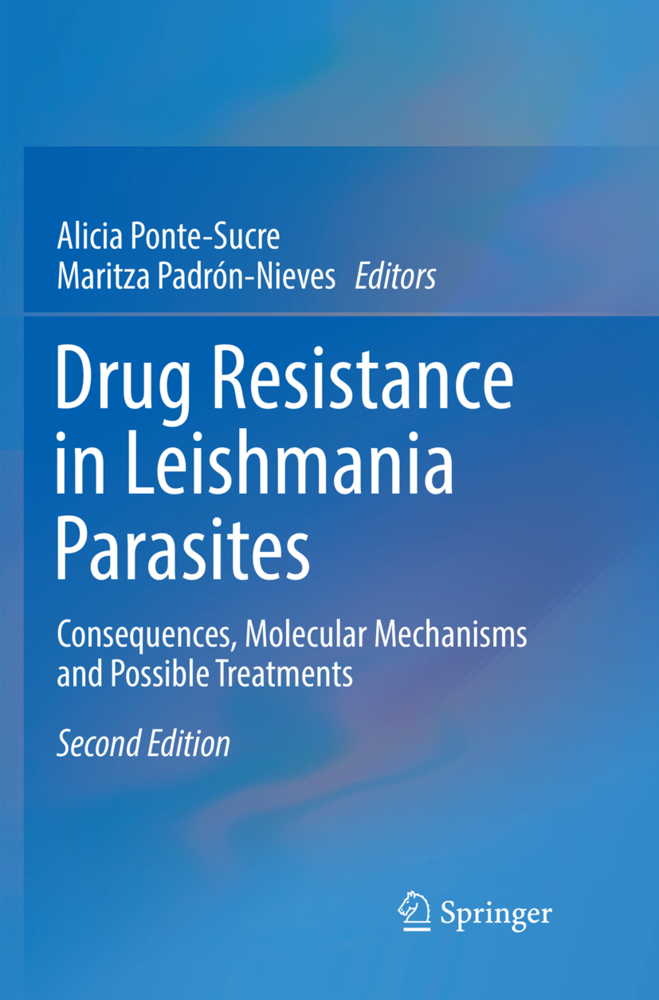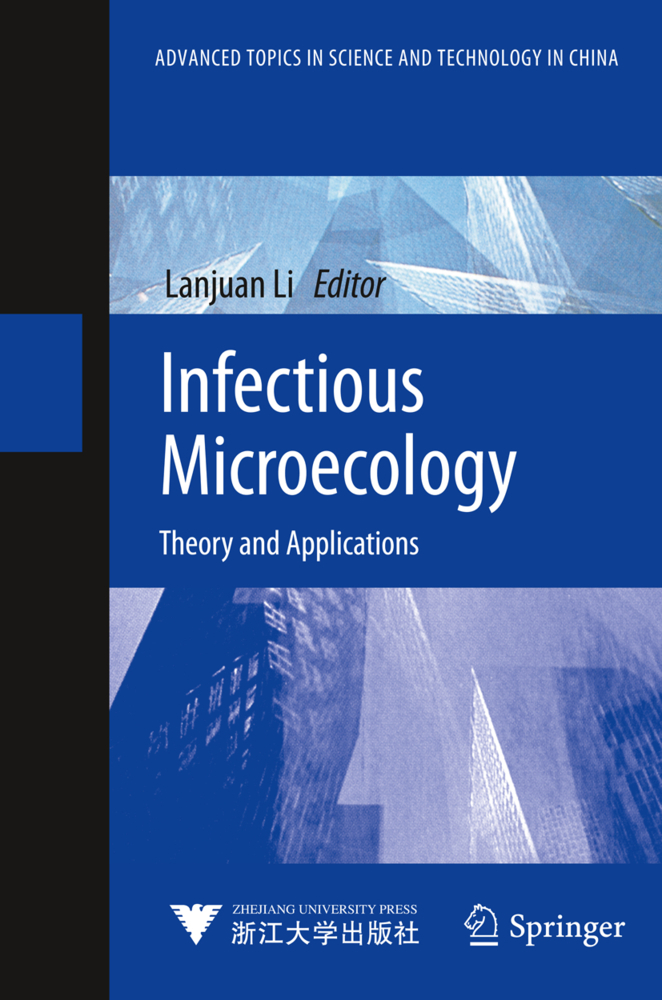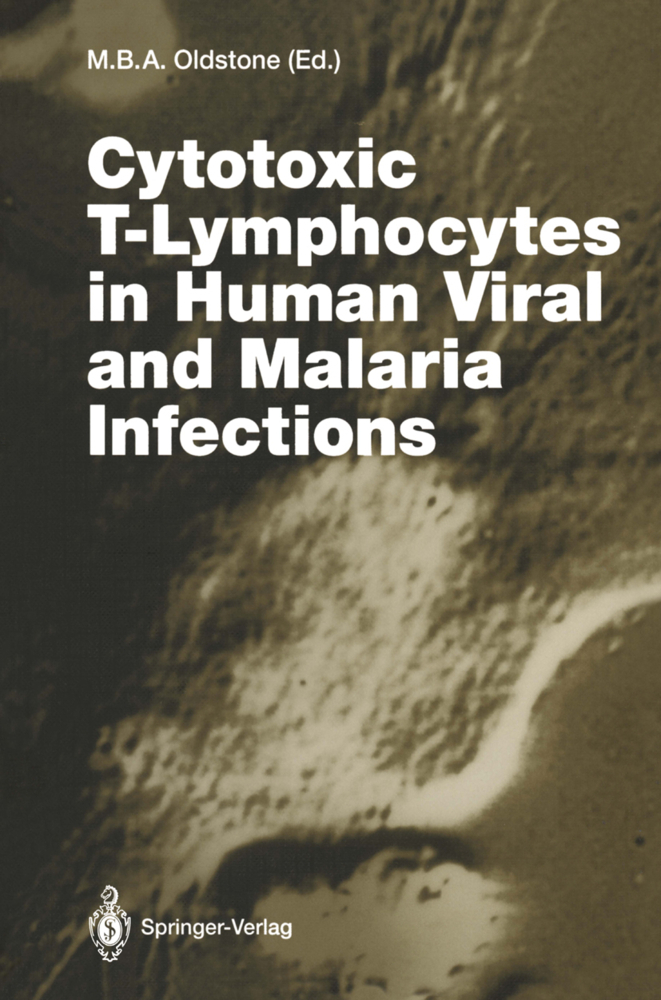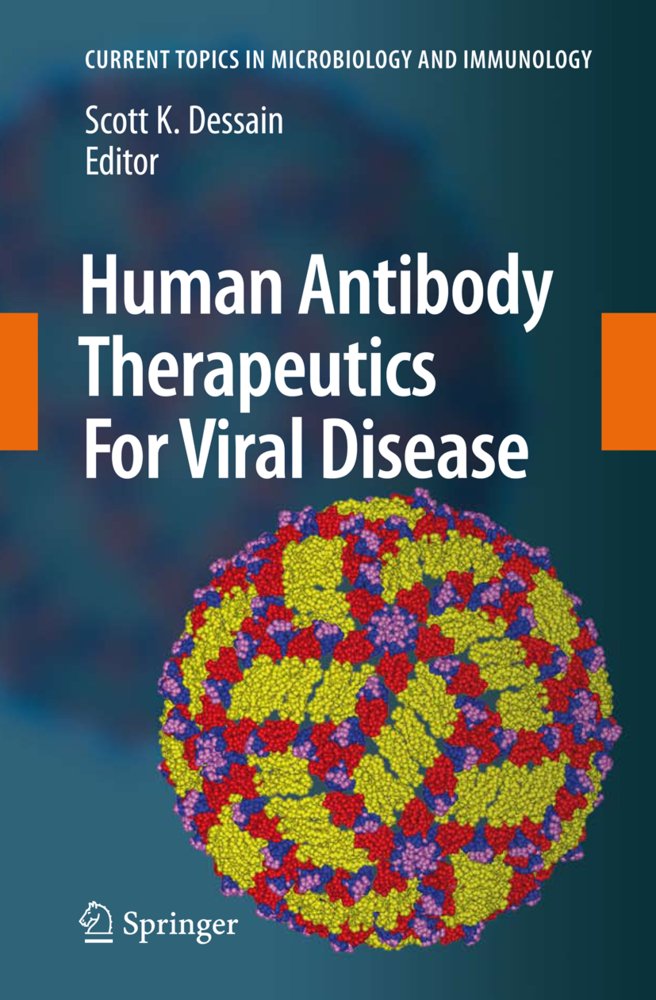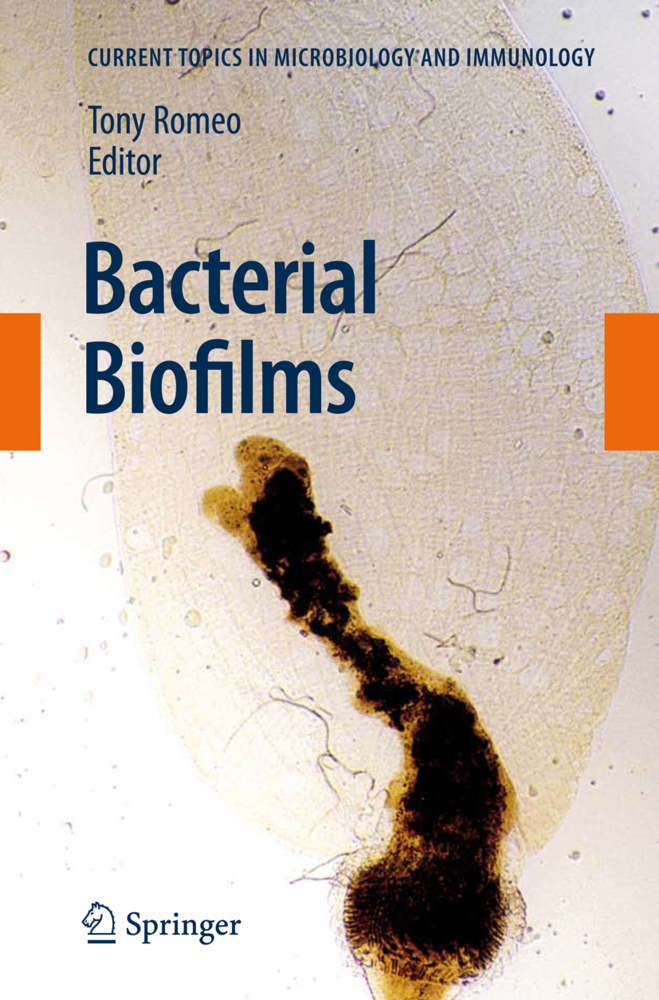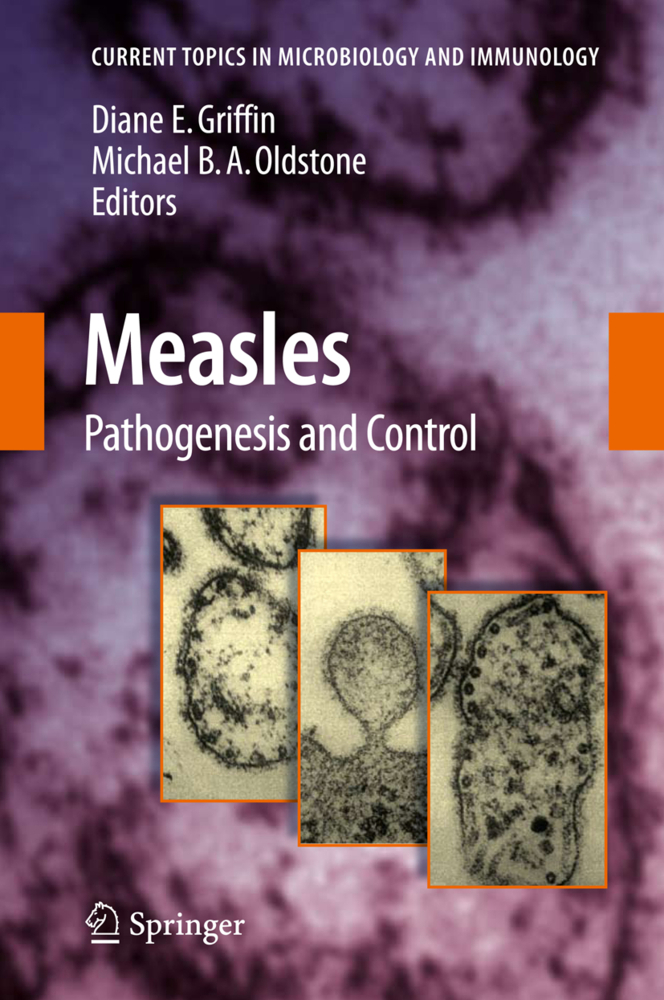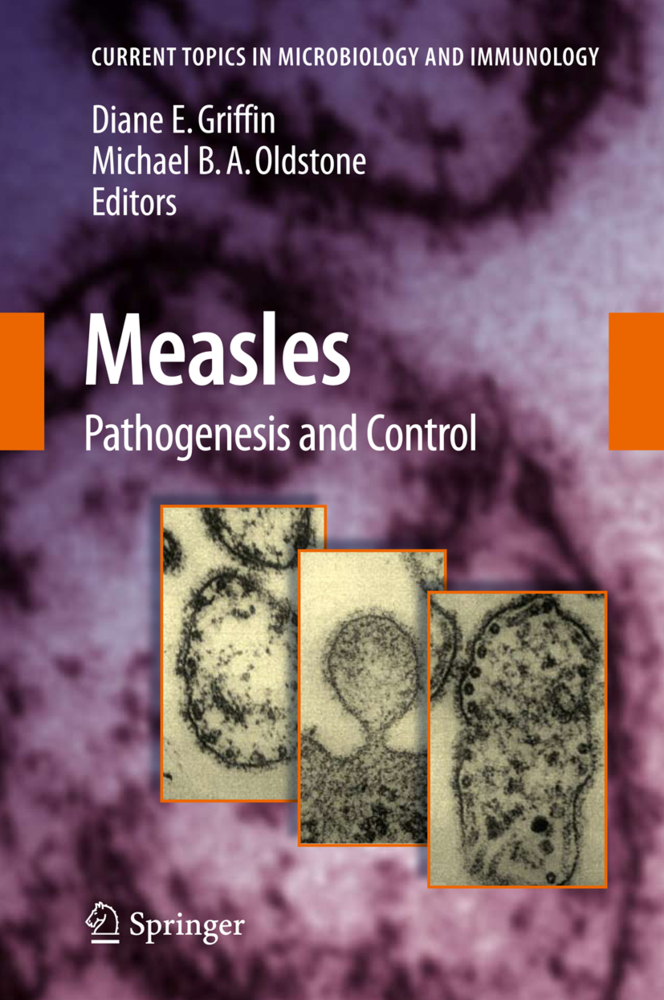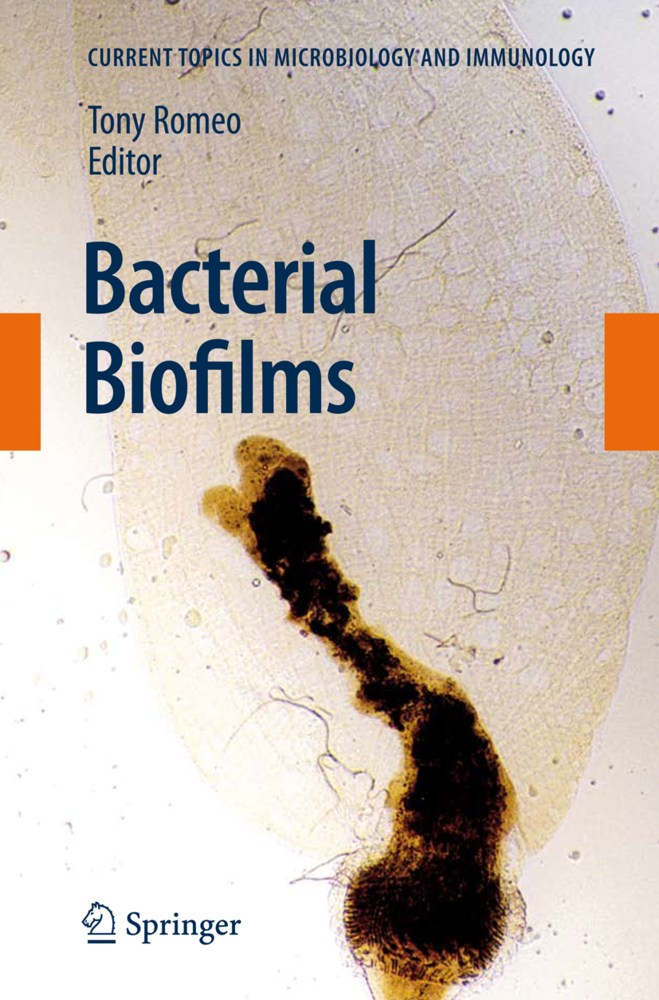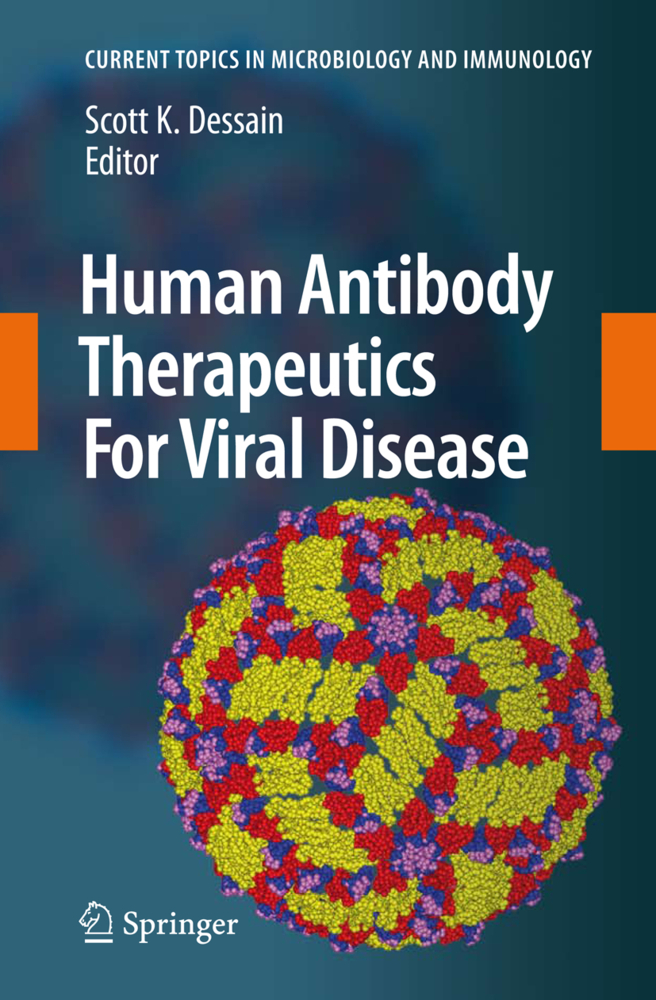Clinical Use of Anti-infective Agents
This second edition of Clinical Use of Anti-Infective Agents provides a comprehensive overview of current approaches to using drugs to treat infections, including historical perspectives, definitions, and discussion of pharmacokinetics and pharmacodynamics and their uses. It includes a detailed explanation of different classes of drugs, outlining their spectrum, pharmacokinetics, side effects, and dosing in clinical settings. This book has been designed as a reference tool for pharmacists, clinicians, nurse practitioners, and clinical microbiologists, as well as a teaching vehicle for students studying infection and patient treatment.
Each section includes references allowing for in-depth study of specific agents, Q&As, and illustrative case studies accompanied by commentary on how to approach patients and organisms, optimal methods of making a diagnosis, and prescribing treatment.
1. Introduction and history
2. Basic principles of drug delivery and dosing3. Sulfonamides
4. Penicillins
5. Cephalosporins
6. Monobactams: Aztreonam
7. Carbapenems
8. Glycopeptides and other agents used to treat gram-positive cocci
9. Vancomycin: New Area-under-the-curve-based therapeutic monitoring
10. Aminoglycosides
11. Macrolides
12. Metronidazole and clindamycin
13. Quinolones
14. Tetracyclines
15. Pleuromutilin
16. Antimicrobial stewardship: evolution into the 21st century
17. Clinical approach to the treatment of infectious diseases
18. Understanding drug allergies and drug toxicities
19. Antibiotic-associated diarrhea
20. Principles of antibiotic resistance
21. Clinical approach to treatment of bacterial infections
22. Clinical approach to treatment of mycobacterial infections
23. Clinical approach to treatment of fungal infections
24. Clinical approach to treatment of viral infections
25. Sample cases and analyses of the use ofanti-infective agents: Cases 1-15
Appx A. Common infectious diseases and empiric antibiotic recommendations for adult ed and inpatients at UMass Memorial Medical Center
Appx B. Bioavailability of anti-infective agents
Appx C. Dosage and intervals for administration of IV antimicrobials
Appx D. Dosage and intervals for administration of oral antimicrobials
Appx E. Important interactions with commonly-used anti-infectives
Appx F. Oral agents that may have interactions with food
Appx G. Drug interactions with anti-retroviral agents
Appx H. Dosage in obesity
Appx I. Recommendations for management of Asymptomatic Bacteriuria (ASB): 2019 update
Appx J. Guidelines for treatment of C. difficile
Appx K. Antimicrobial prophylaxis for adult patients with cancer-related immunosuppression
Appx L. Guidelines for treatment of adults with community-acquired pneumonia
Appx M. Guidelines for management of adults with hospital-acquired and ventilator-associated pneumonia
AppxN. Guidelines for antimicrobial prophylaxis for surgery
Appx O. Guidelines for treatment and chemoprophylaxis of influenza
Appx P. Antimicrobial dosing in adult patients on extracorporeal membrane oxygenation (EXMO)
Appx Q. Antimicrobial dosing in neonates.
| ISBN | 978-3-030-67458-8 |
|---|---|
| Artikelnummer | 9783030674588 |
| Medientyp | Buch |
| Auflage | 2. Aufl. |
| Copyrightjahr | 2021 |
| Verlag | Springer, Berlin |
| Umfang | XIV, 300 Seiten |
| Abbildungen | XIV, 300 p. 82 illus., 2 illus. in color. |
| Sprache | Englisch |

